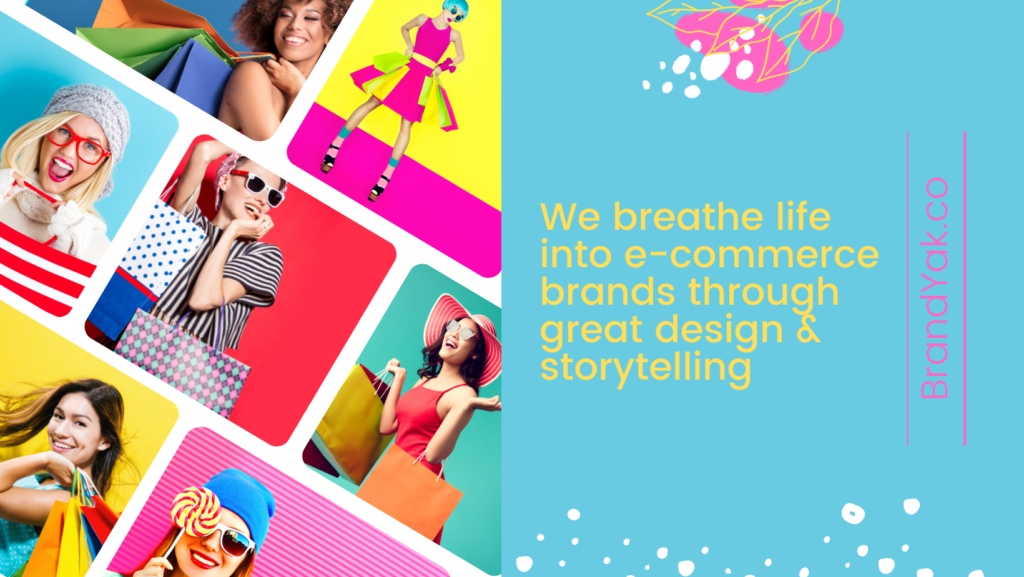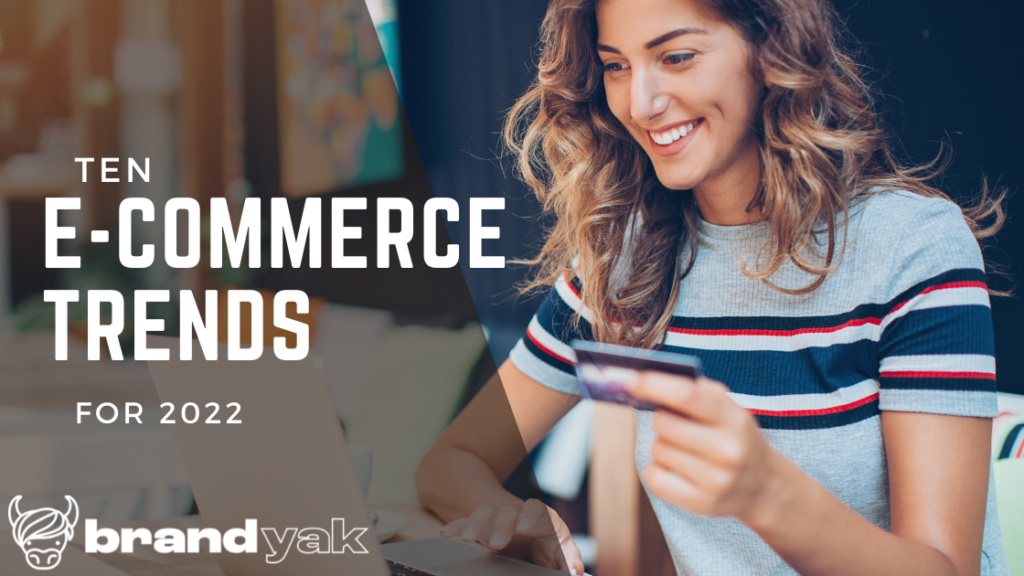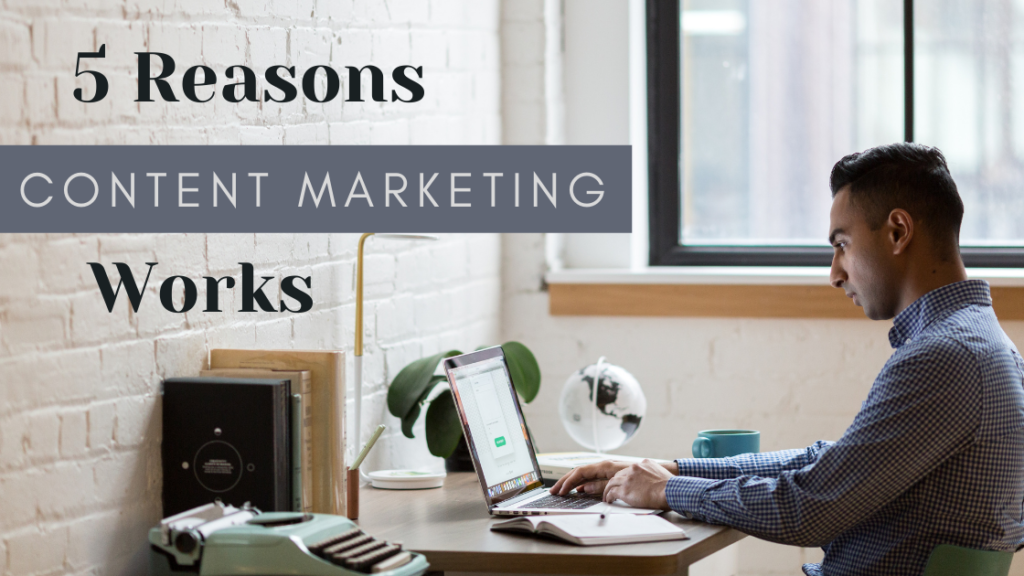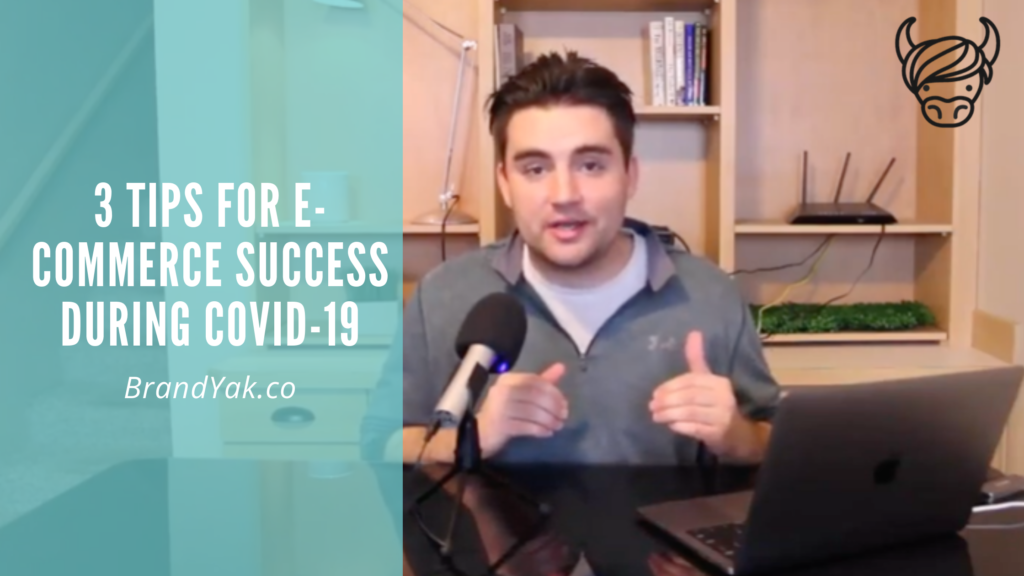When you are building a website for your e-commerce brand, there are several ways you can approach it. Here, Brand Yak founder Reese Queen talks about those different ways, and the hands-down BEST Shopify theme.
The DIY route
Of course, the first method is to build a store yourself, within Shopify or another e-commerce platform such as WordPress or Wix. If you have a lot of experience building fast, optimized, user-friendly sites that are e-commerce friendly, this can be an economical (though very time-consuming) approach.
Hire a web design agency and/or developer
Another option is to hire an outside professional, either an individual or a web development agency, to build your e-commerce website for you. This includes designing the look and feel of the theme, as well as all the behind-the-scenes development and coding that make the site work.
This is, in fact, what we do here at Brand Yak.
Typically, when you use an outside professional they are going to already have a theme in mind that they like to use, and they will customize it to your needs.
But first … look at the bigger picture
Whether you build your website yourself or hire someone to do it, there’s a very important step you should undertake before you even start with the nuts-and-bolts of setting up your e-commerce store.
“Something that we do here at Brand Yak when we’re partnering with a client to build a new e-commerce brand is think about the acronym, AMO,” Reese says. Those three things stand for:
- AUDIENCE
- MESSAGING
- OFFER
Those three very important things are what we look at, and continue to reference, as we’re building a brand.
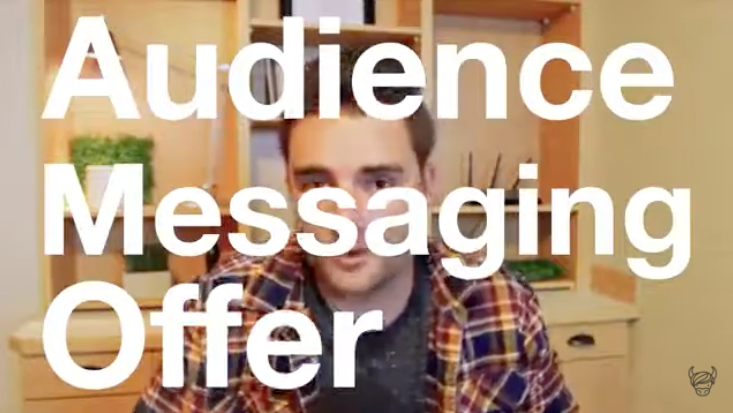
Don’t have your AMO figured out? Hey, don’t sweat it. We have a super-handy little worksheet planner available for free here, that will help you formulate your brand’s target audience, message, and offer.
Our pick for free Shopify theme
So what’s our pick for the top free Shopify e-commerce theme? It’s called Narrative, and you can see it in action here.
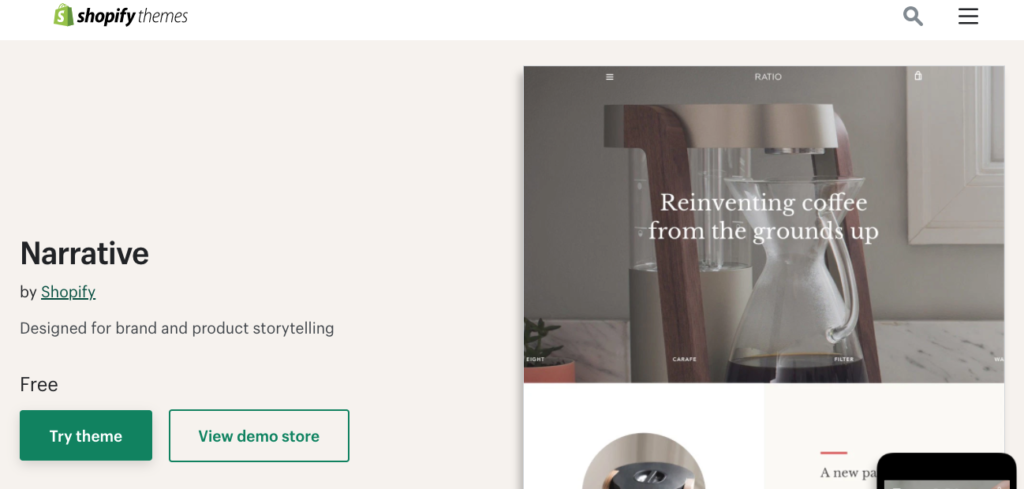
The theme is merely the template or framework into which your own images and content will be dropped into. For a free theme, Narrative has a lot of different looks that can be customized a great deal for different types of brands, the audience they are trying to reach and the message they are trying to send.
Reese also recommends that you get your theme directly from Shopify.
“There’s no shortage of theme developers out there, but the problem with that is that you’ll have to rely on that developer for any updates when Shopify updates their platform,” he cautions.
There are a lot of good reasons why Reese recommends the Narrative theme, as far as free Shopify themes go, more than any other.
- It offers superior UX (user experience) that other free themes simply can’t.
- Other themes with the features of Narrative cost $180 and up.
- Narrative offers exceptional product pages.
- A pop-out shopping cart drawer is a great feature that’s very mobile-friendly.
“Something that you’ll be noticing as you start your store is that a lot of the traffic will go directly to the product page. So that needs to be really well put-together, and have most of your information on that page.”
The pop-out shopping cart feature makes it easy for customers to get through the check-out process — a vital aspect, as you want to avoid the abandoned cart.
The wow factor
Don’t underestimate the power of the “wow factor” when it comes to killer design, speed, and user experience. It can completely make or break an e-commerce store, and has a huge impact on time spent, conversions, sales, and repeat visitors.
“This theme definitely has that, for the price of free,” Reese says about Narrative.
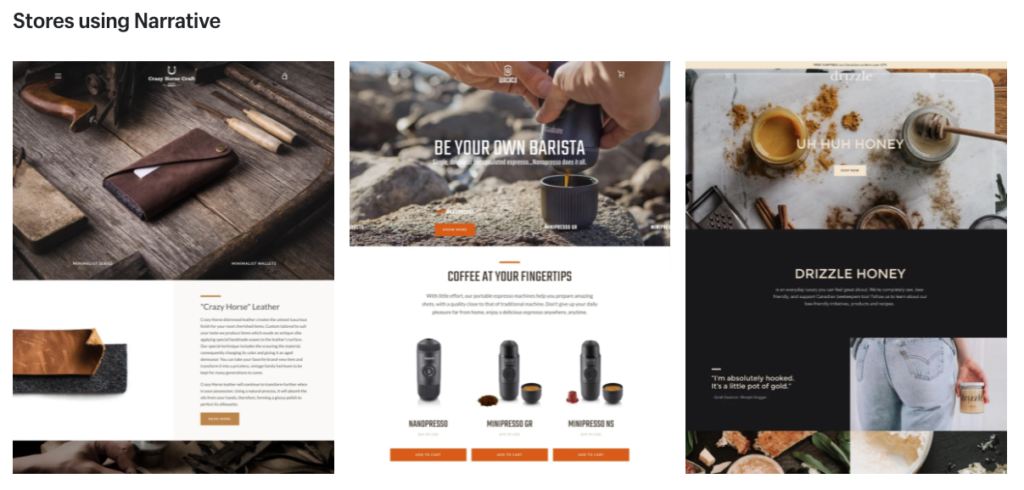
What about a paid Shopify theme?
If you really want to pay for a theme with even more functionality and wow factor, you have many choices. At the time of this writing, there were more than 80 paid themes in the Shopify theme store.
One thing that Reese encourages e-commerce entrepreneurs to look out for, however, are themes that include the product description within the buy box.
“The reason for this is that if the description is part of the buy box, you can’t make it extensive. Otherwise it will push the ‘add to cart’ to the bottom of the page, which might affect your conversion rate pretty substantially.”
At Brand Yak, we always recommend to our brand partners that the “Add to Cart” button be one of the first things that people see when the product page loads. Visitors shouldn’t have to scroll down to find it.
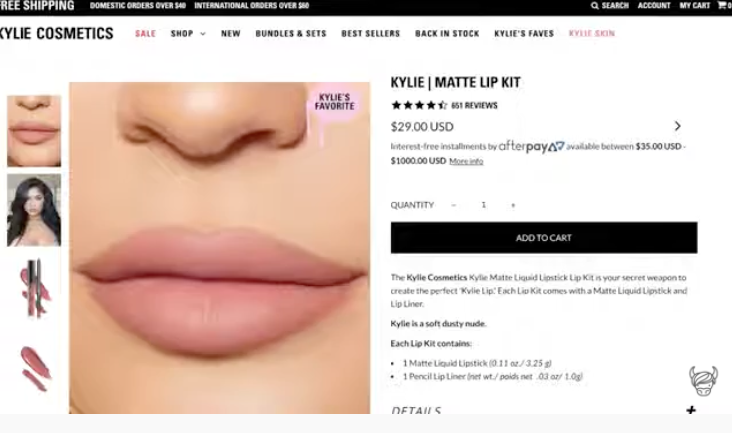
Reese has some paid Shopify themes that he really likes. One of these is Modular, which offers great product pages that allow for telling the brand’s story and sharing customer reviews.
One theme we want to talk about is the Debutify theme. If you’re in the Shopify world, you’ve almost certainly come across an ad for this theme, or someone promoting it. Some of the main claims about this theme include that it’s one of the highest-converting Shopify themes, and that it’s free.
However, once it’s downloaded it actually shows up in the Shopify admin as an app, not a theme — and one of the first things you’ll notice is the “Add-Ons” section.
Reese inspected Debutify quite a bit, downloading it and taking a close look. It turns out, a lot of what you get with the app isn’t actually all that free.
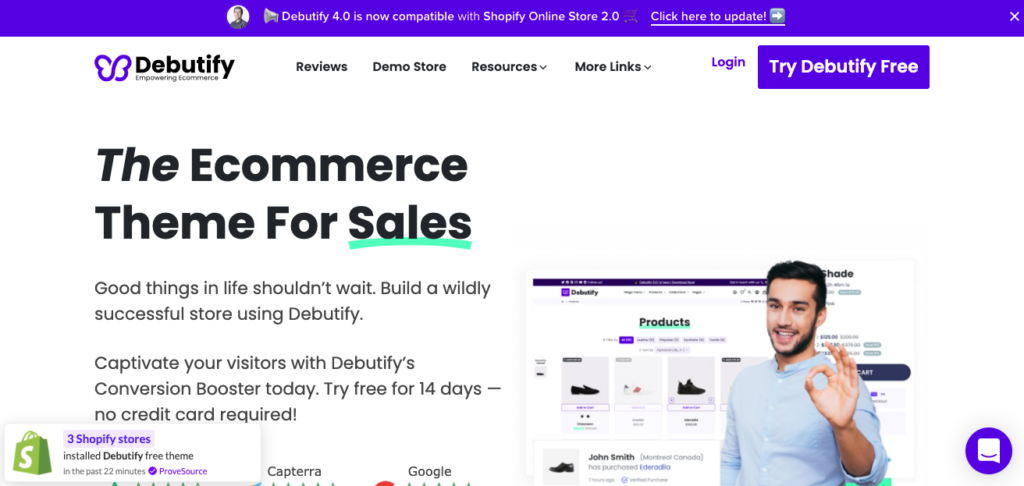
A lot of the features that Debutify charges to add — such as add-to-cart animations — are actually available for free with other Shopify apps.
“It’s not to say that these don’t work,” Reese said. “But in my opinion, from what I know about the industry, I think a lot of these things can be done through other apps, and you won’t need to pay $97 a month, even if you use multiple paid apps.”
It’s still all about the content
Never lose sight of the fact that the theme is just the framework — ultimately, the most important thing is the content you put into it, that delivers your brand message and offer to the right customer. Remember that AMO? That should guide your entire Shopify e-commerce store building.
“Just having the cart shake and things like that probably won’t get you the conversion rates that you’d like to see,” Reese says.
If you want to check out the full video of Reese going through these Shopify themes, check it out!
Do you have a favorite Shopify theme? Or have you learned something noteworthy about working with themes for your e-commerce store? Please share in the comments below!
As always, our mission is to breathe life into e-commerce
brands through great design and storytelling.
